In the context of refineries or oil and gas plants, “fired equipment” refers to the equipment that is used for the combustion of fuel to generate heat or energy. This equipment typically includes various types of furnaces, boilers, heaters, and other similar devices. Fired equipment plays a crucial role in these industrial facilities as it provides the necessary heat and energy required for various processes such as crude oil distillation, fluid catalytic cracking, hydrocracking, reforming, and other refining operations. It is also used for power generation, steam production, and heating purposes within the plant.
The fuel used in fired equipment can vary depending on the specific requirements and design of the equipment. Common types of fuel include natural gas, oil, coal, or even waste products like refinery gases or residual fuels.
Safety is of utmost importance when dealing with fired equipment due to the inherent risks associated with the handling and combustion of flammable fuels. Adequate measures, such as proper design, installation, maintenance, and monitoring, are implemented to ensure the safe and efficient operation of fired equipment in refineries and oil and gas plants. These measures include the use of safety devices, flame detectors, control systems, and regular inspections to prevent accidents and ensure compliance with industry standards and regulations.
Types of Fired Equipment
There are several types of fired equipment commonly used in refineries and oil and gas plants. Here are some examples:
Furnaces:
Furnaces are widely used in the oil and gas industry for heating purposes. A furnace is a device that increases the temperature of a material by transferring heat via conduction and convection. They are utilized in various processes such as crude oil heating, distillation, reforming, cracking, and others. Basically furnaces are insulated structures containing the heat source. Furnaces can be classified based on their configuration, such as box furnaces, cylindrical furnaces, radiant furnaces, or tubular furnaces.
Boilers:
Boilers are closed vessels used to generate steam for power generation, process heating, or other applications. They combust fuel to produce high-pressure steam, which can be used in turbines for electricity production or for heating purposes in different plant operations. Boilers are generally used in central heating systems, industrial processes, power plants, nuclear industries, and other applications that require high-temperature or high-pressure steam.
Fired Heaters:
Heaters are similar to furnaces and are used for heating fluids or gases in the refining and petrochemical industry. They can be classified based on the type of fluid being heated, such as crude oil heaters, process heaters, thermal fluid heaters, or steam superheaters. Fig. 1 below shows a typical fired heater. More details regarding fired heaters are provided here.

Incinerators:
Incinerators are specialized fired equipment used for the combustion of waste materials, including hazardous or non-hazardous waste generated during refining or petrochemical processes. They help in the safe disposal of waste while minimizing environmental impact. Other than waste disposal, incinerators can help in producing electricity by burning fuels like natural gas or biofuels.
Flares:
Flares are devices used to burn off excess or unwanted gases, typically during an emergency or upset condition. They are an essential safety feature in refineries and petrochemical plants and are designed to safely burn off gases that cannot be recovered or recycled. More details about flares are covered here.
Thermal Oxidizers:
Thermal oxidizers are used to control emissions of volatile organic compounds (VOCs) and other pollutants by combusting them at high temperatures. They are used to treat waste gases from various plant operations, ensuring compliance with environmental regulations.
Kilns:
Kilns are fired equipment used in specific applications, such as the production of cement or ceramics. They provide controlled high-temperature environments for processes like drying, calcination, or sintering.
Types of Fired Equipment based on the Type of Fuel
Again depending on the type of fuels used in fired equipment there are three types of fired equipment:
- Coal-fired equipment,
- Gas-fired equipment, and
- Oil-fired equipment
Differences between Coal Fired, Gas Fired, and Oil Fired Equipment
The main differences between coal-fired, gas-fired, and oil-fired equipment lie in the type of fuel they use and the combustion characteristics associated with each fuel. Here are some key distinctions:
| Factors | Gas-Fired Equipment | Coal-Fired Equipment | Oil-Fired Equipment |
|---|---|---|---|
| Fuel Type | Natural Gas | Coal | Oil (e.g., diesel, fuel oil) |
| Combustion Efficiency | High | Moderate to Low | Moderate to High |
| Emissions | Lower | Higher | Moderate to Higher |
| Fuel Storage and Handling | Pipeline supply | Requires coal storage, handling, and preparation | Requires oil storage, handling, and periodic deliveries |
| Ignition and Combustion Control | Automatic ignition systems, simpler control. | Simple process. | Combustion may require additional measures, control complexity can vary. |
| Maintenance and Cleaning | Moderate maintenance and cleaning are required. | Less maintenance and cleaning are required. | Moderate maintenance and cleaning required. |
| Cost | Generally stable and lower cost | Varies based on coal prices and availability | Varies based on oil prices and availability |
Environmental Considerations for Fired Equipment
In terms of environmental considerations, the combustion of fuels in fired equipment can result in emissions. Efforts are made to mitigate the environmental impact by implementing advanced combustion technologies, optimizing fuel usage, and adopting emission control systems. The industry continues to strive for cleaner and more sustainable solutions to minimize the carbon footprint associated with fired equipment operations.

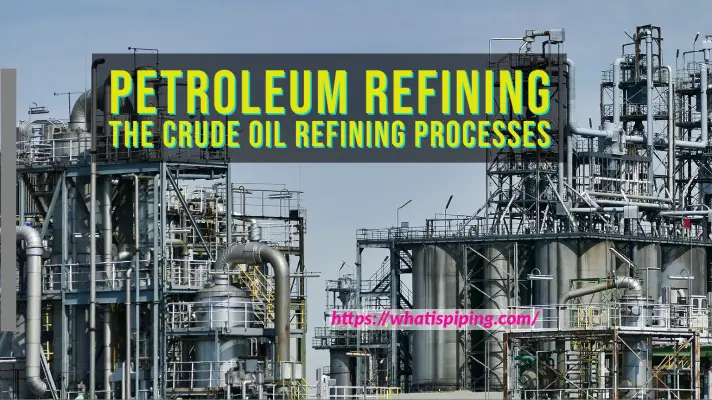
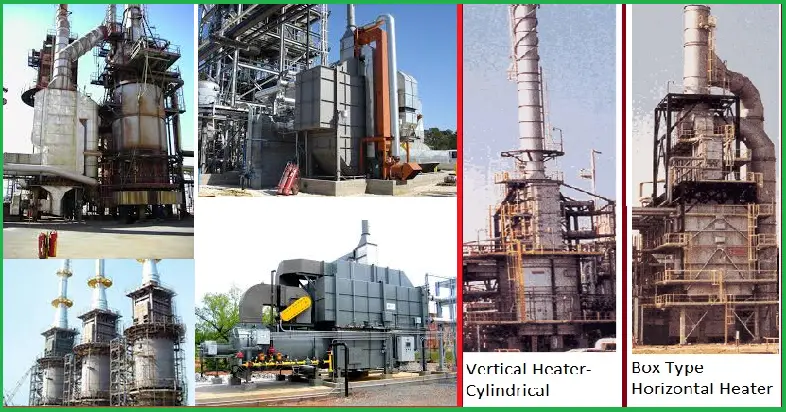
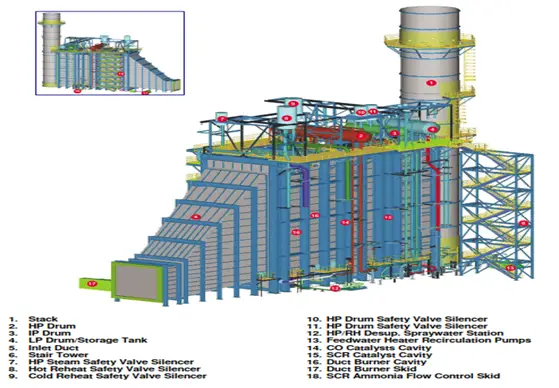
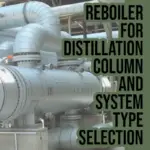
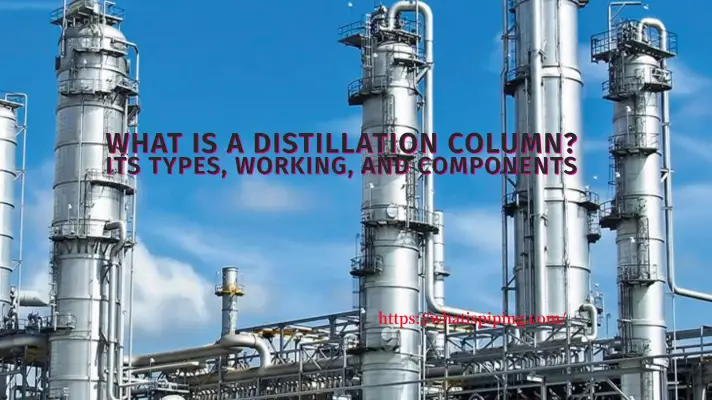
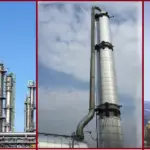
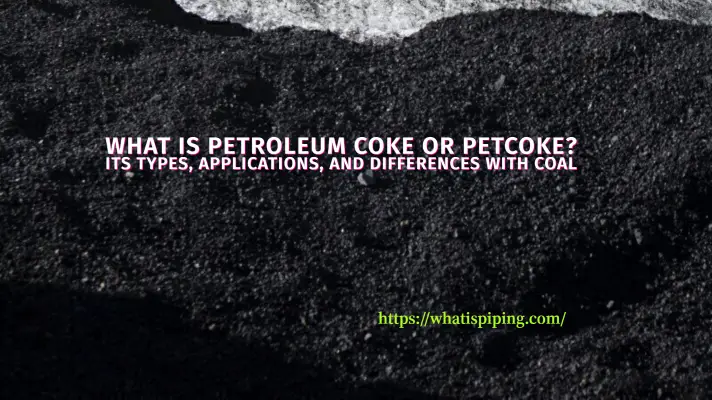
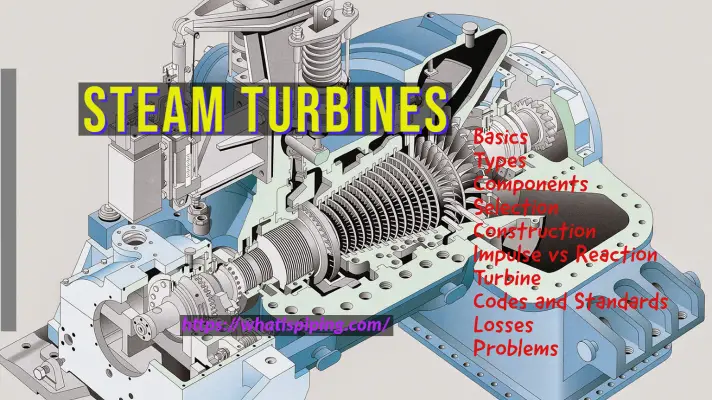
Great article! I found it really informative and well-written. As someone working in the oil and gas industry, understanding fired equipment is crucial, and this article provided a comprehensive overview. I particularly appreciated the clear explanations of the different types of fired equipment commonly used, such as boilers, furnaces, and heaters. The inclusion of their functions and applications helped me grasp their significance in various operations. It’s evident that the author has a strong understanding of the subject matter and effectively conveyed it to readers. Overall, a valuable resource for anyone seeking to enhance their knowledge of fired equipment in the oil and gas industries. Thank you for sharing!
Oliver